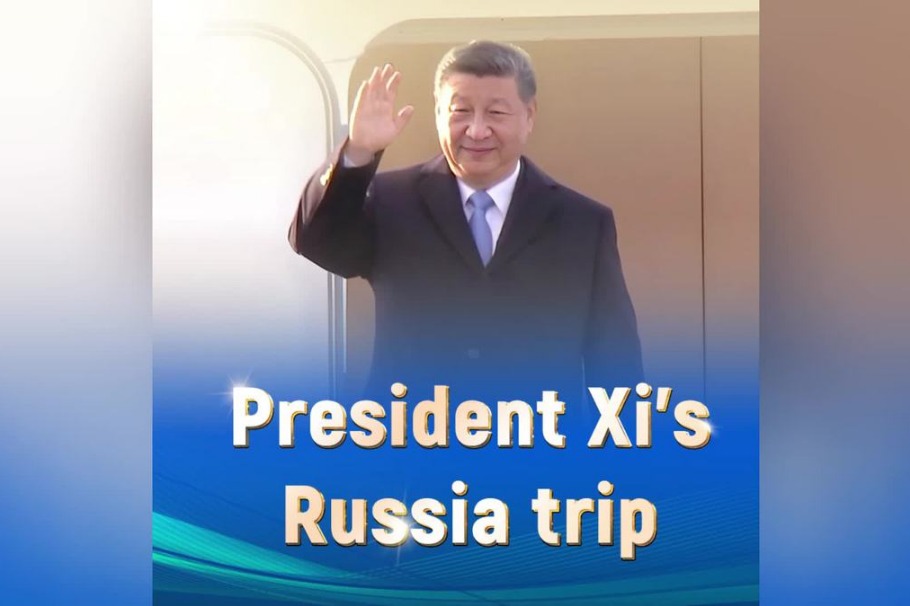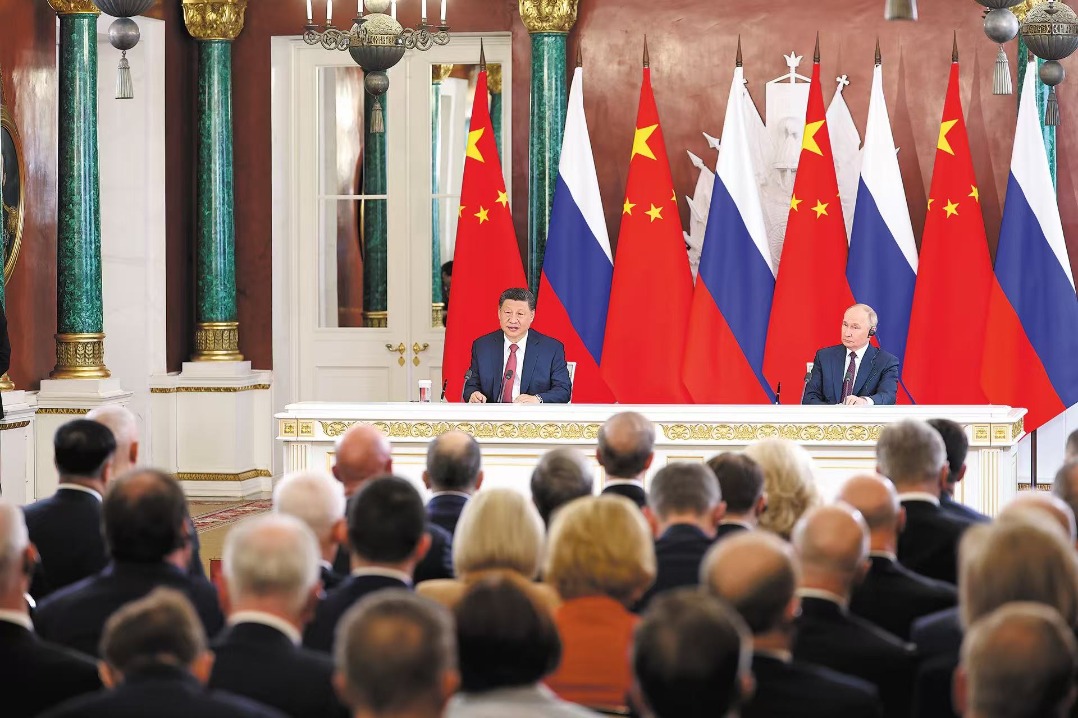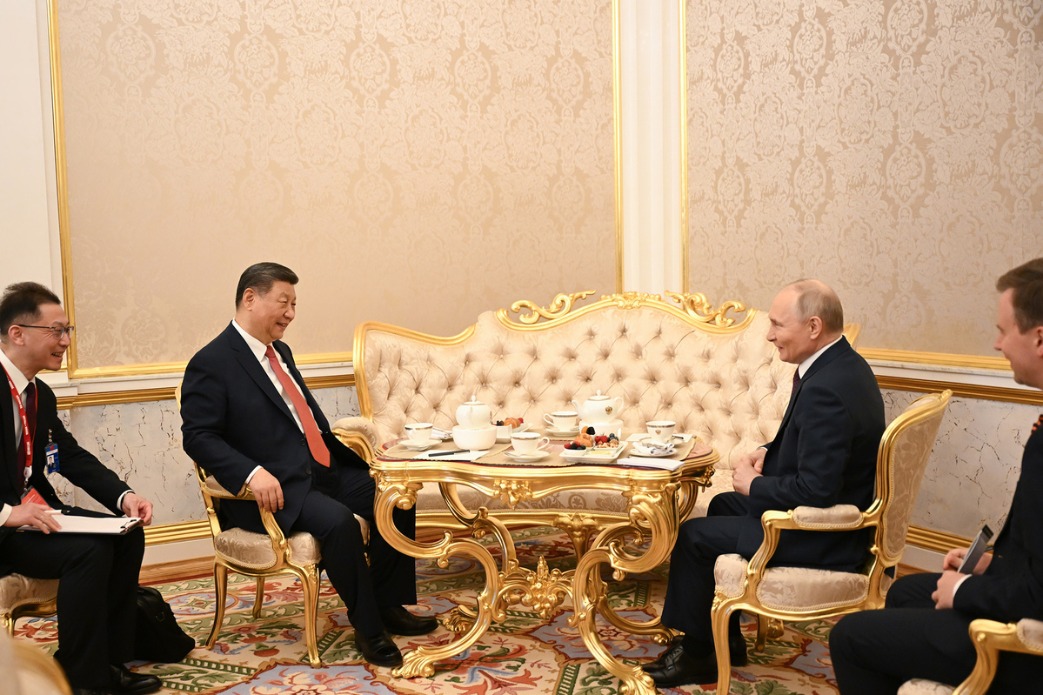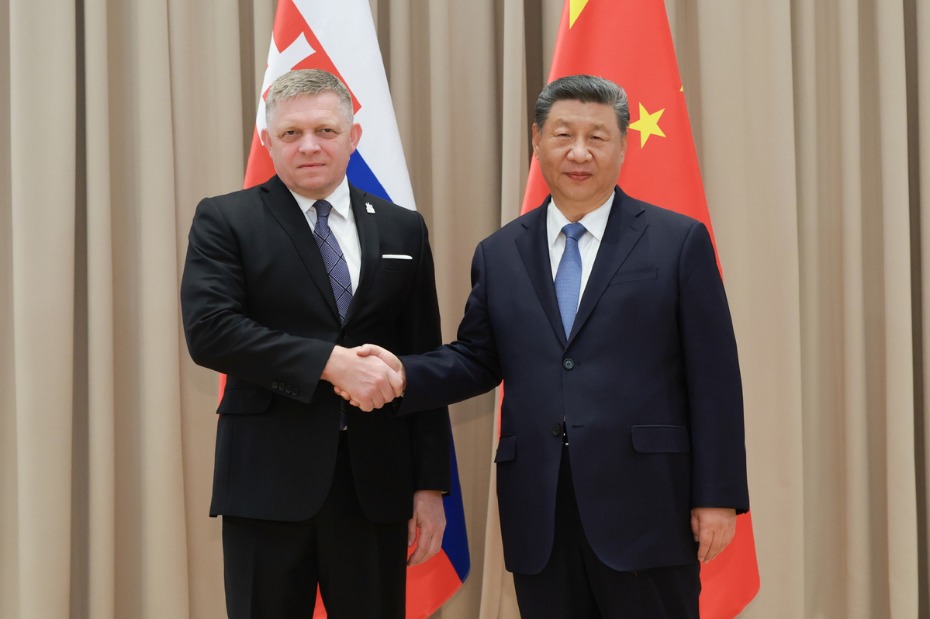To fulfill its mandate


The World Bank and the IMF should play a greater role in exploring specific debt treatment solutions for debtors
Public debt reached record levels during the pandemic, especially in the low-income countries. As debt has grown, its composition has also rapidly changed. These countries have become increasingly indebted to private creditors, especially bondholders. At the end of 2021, 61 percent of the $3.6 trillion in long-term public and publicly guaranteed external debt stock was owed to private creditors. The proportion owed to Paris Club creditors fell to 32 percent and the amount owed to non-Paris Club creditors (China, India, Saudi Arabia, the United Arab Emirates and others) increased to 68 percent in 2021.Among the non-Paris Club creditors, China's share of official bilateral debt stock grew from 18 percent in 2010 to 49 percent in 2021. Nevertheless, at the end of 2021, multi-laterals accounted for about 50 percent of the total external debt of the low-income countries, and among them, the World Bank and its International Development Association accounted for about 21 percent.
This significant change in the financing landscape has important implications for the debt resolution mechanism and creditor coordination. As the tension of debt resolution has shifted from "among Paris-Club creditors" during the Heavily-Indebted Poor Countries Initiative to "Paris-club, non-Paris club and private creditors", creditor coordination is becoming more challenging today than in the past. This explains both the creation of new coordination mechanisms — such as the G20 Common Framework — and several of the difficulties in getting a new mechanism to work. The World Bank, continuing to hold the position as the largest multilateral creditor and mandating to promote international development, plays a special and important role in exerting policy impact on debt governance in the low-income countries.
First, the World Bank enhanced the transparency requirements of sovereign debt in these countries. In 2018, the World Bank and the International Monetary Fund launched a multi-pronged approach to address developing countries' debt vulnerabilities, including strengthening debt analysis and early warning, debt transparency, debt/fiscal risk management capacity, and reviewing the IMF debt limit policies and the World Bank's non-concessional borrowing policies. The 19th round of IDA replenishment agreement in early 2020 resulted in a new Sustainable Development Finance Policy aimed at incentivizing countries to move toward transparent, sustainable financing and to promote coordination between IDA and other creditors. The debt transparency agenda of the World Bank and the IMF for the low-income countries focuses on data related to non-standard debt instruments, public sectors, public-private-partnership and government-held assets. The number of indicators covered by the World Bank's International Debt Statistics Database increased from 214 to 569 over the 2017-21 period, revealing 19 percent more debt than the size of claims by the OECD Creditor Reporting System.
Second, the World Bank proposed the Debt Service Suspension Initiative (DSSI) to provide emergency liquidity relief to the low-income countries. The DSSI enabled a fast and coordinated release of additional resources to beneficiary countries that were severely affected by the COVID-19 pandemic. It delivered an estimated $12.9 billion in debt service suspension to these countries. The World Bank and the IMF assisted on outreach and provided technical support such as monitoring spending, enhancing public debt transparency and ensuring prudent borrowing to participating countries. In the two and a half years since the outbreak of the new crisis, the World Bank has provided a record high of $200 billion in bailouts to developing countries, once again demonstrating its important role as a "quasi-lender of last resort" in crisis relief.
Third, the World Bank promoted the expansion of the coordination mechanism for the sovereign debt resolution of the low-income countries. In November 2020, the G20 announced the "Common Framework" to provide a forum for DSSIeligible countries to seek debt relief if their debt is considered unsustainable by the IMF and the World Bank. The World Bank also joined the IMF as co-chair to launch the Global Sovereign Debt Roundtable at the end of 2022 as a third-party international platform to promote greater common understanding among bilateral and multilateral creditors, commercial creditors and debtor countries.
In the process of debt governance in the low-income countries, the World Bank has insisted on its "preferred creditor status" and refused to provide debt suspension and reduction, and instead mainly promoted the participation of bilateral official creditors and commercial creditors. As the implementation process of the Common Framework advances, the issue of whether the World Bank and other multilateral development banks participate is becoming one of the most critical issues. Many low-income countries consider that the loans from the World Bank are lent mainly in US dollars, and the huge risk of exchange rate depreciation has become the biggest cost for borrowing countries and constitutes one of the root causes of their debt problems.
There is also uncertainty about how commercial creditors will assume fair and comparable responsibilities. Both the DSSI and the Common Framework assign different responsibilities to different types of creditors. Debtor countries are required to seek comparable debt relief from their other official bilateral creditors and from private creditors on at least as favorable terms as from their official sector creditors. However, there is no clear methodology to assess comparability of treatment and no mechanism to incentivize private sector participation.
The biggest update to both the World Bank's and the IMF's "multi-prolonged approach" to address debt vulnerabilities is the establishment of the "twin pillars" of debt transparency and accountability. This requires creditor countries should not only increase their debt information sharing, but also disclose financing arrangements and contracts.
Emerging creditor countries pursue the concept of South-South cooperation for mutual benefit and win-win results, which differs from the OECD's aid philosophy rooted in colonialist traditions. Emerging creditor countries should also integrate international development responsibility sharing and power restructuring.
There is also a need to improve the accountability and transparency of debt sustainability analysis for the low-income countries. The IMF and the World Bank should incorporate more views from developing countries to distinguish between different types of debt, and improve the flexibility and fairness of the criteria by considering the international monetary and financial environment.
The World Bank should also promote agreement among all parties. As co-chairs of the Global Sovereign Debt Roundtable, the World Bank and the IMF should play a greater role in building trust and facilitating negotiations among the parties, and play a greater role in exploring debt swaps, PPPs and other debt treatment solutions based on the specific circumstances of each debtor country.
Ye Yu is an associate researcher of the Shanghai Institute of International Studies. Zhou Taidong is vice-president of the Center for International Knowledge on Development. The authors contributed this article to China Watch, a think tank powered by China Daily. The views do not necessarily reflect those of China Daily.
Contact the editor at editor@chinawatch.cn.

































